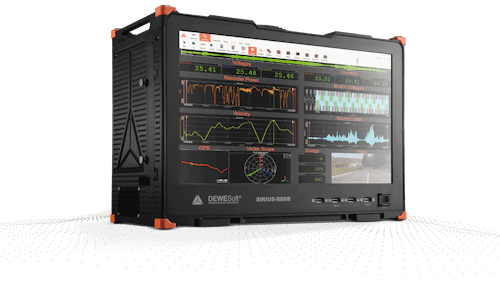
Analyseur de puissance
Mesure et analyse de haute précision de la puissance électrique [AC⚡DC]
Les analyseurs de qualité de l'énergie Dewesoft combinent des mesures de puissance, d'énergie, d'oscilloscope et de FFT dans un seul appareil portable. Les entrées haute tension AC/DC CAT II mesurent jusqu'à ±1200 V avec une précision de 0,03%. Tous les capteurs de courant sont compatibles et peuvent être mis à l'échelle et corrigés en phase via la base de données de capteurs intégrée. Les DAQ offrent un taux d'échantillonnage allant jusqu'à 15 MHz et peuvent gérer les applications de mesure de courant les plus exigeantes. Les analyseurs Dewesoft mesurent les paramètres de qualité de l'énergie conformément à la norme CEI 61000-4-30 classe A. Plusieurs phases peuvent être mesurées simultanément. Des affichages vivants et configurables par l'utilisateur, notamment des vectoroscopes, des oscilloscopes, des FFT et des compteurs, vous permettent de visualiser et d'analyser les données comme jamais auparavant.
Parcourir les produits

Mesure et analyse de haute précision de la puissance électrique [AC⚡DC]
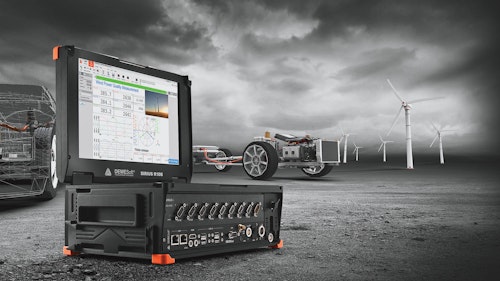
Mesure et analyse de haute précision de la qualité de l'énergie
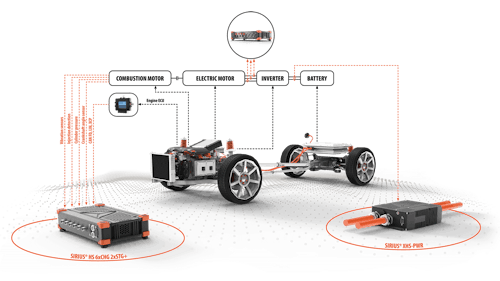
Solutions d'essai complètes pour les véhicules électriques et hybrides
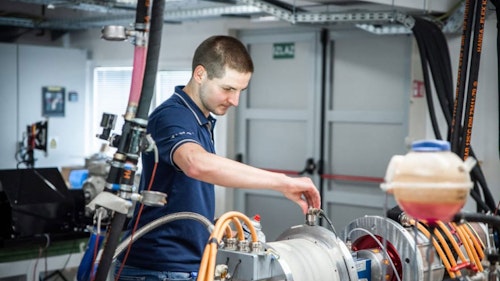
Solution complète pour les essais de groupes motopropulseurs électriques et hybrides
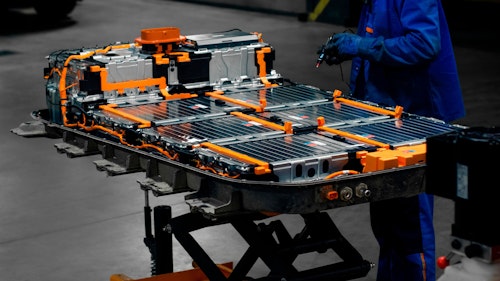
Mesures de haute précision et analyse des données

Solutions d'essai pour les transformateurs de puissance

Test de la puissance électrique et de la qualité de l'énergie sur les générateurs d'éoliennes
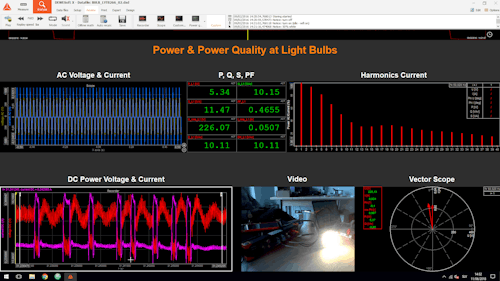
Solution complète d'analyse de puissance et de test de qualité de l'énergie

Essais d'énergie éolienne, solaire et géothermique
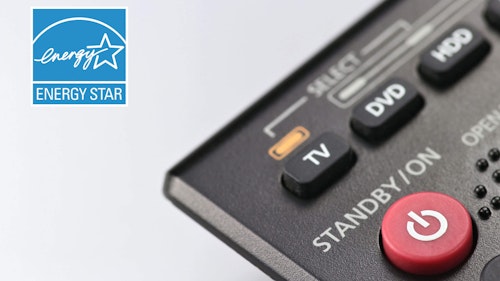
Test de consommation d'énergie sur les appareils électroniques
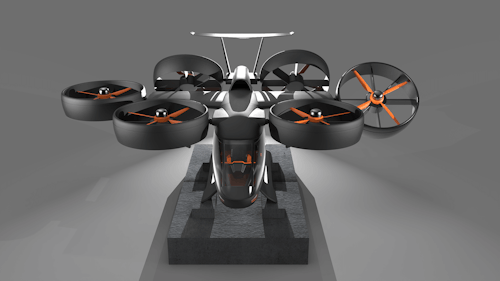
Solutions d'essais structurels, électriques, NVH et en vol
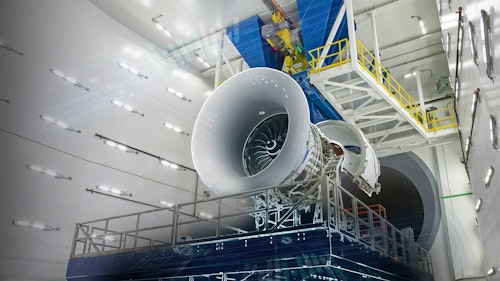
Instrumentation pour l'essai complet des moteurs à réaction
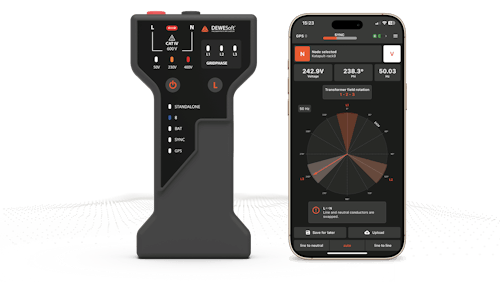
Un voltmètre vectoriel pour les réseaux électriques et les électriciens
Electrical power is the rate at which electrical energy is transferred by an electric circuit. It is typically measured in watts (W), where one watt is equal to one joule of energy transferred per second. Electrical power can be calculated using the formula:
Power (P) = Voltage (V) * Current (I)
where:
Voltage (V) is the potential difference between two points in the circuit, measured in volts.
Current (I) is the flow of electric charge through the circuit, measured in amperes (amps).
Power quality refers to the characteristics of the electrical power supplied to a system that affect its performance. Good power quality ensures that electrical systems operate efficiently, reliably, and safely. Poor power quality can lead to equipment malfunction, reduced lifespan, and energy inefficiency. Key aspects of power quality measurement include Voltage Stability, Frequency Stability, Harmonics, Transient Surges, Voltage Sags and Swells, Interruptions, and Power Factor.
A power analyzer is an instrument used to measure and evaluate the electrical power characteristics of a system. It provides detailed insights into various aspects of power quality, energy consumption, and electrical performance. Power analyzers are essential tools for diagnosing, troubleshooting, and optimizing electrical systems. They are used in a wide range of applications, including industrial facilities, commercial buildings, utilities, and research labs.
Key functions and features of a power analyzer include:
Voltage and Current Measurement: Power analyzers measure the voltage and current in electrical circuits, providing accurate readings for both AC (alternating current) and DC (direct current) systems. Dewesoft power analyzer can measure direct voltage up to ±2000 V!
Power Measurement: They calculate real power (watts), apparent power (volt-amperes), and reactive power (volt-amperes reactive). This helps in understanding the actual power consumption and efficiency of electrical devices.
Power Factor: Power analyzers measure the power factor, which indicates the efficiency of power usage. A low power factor means more reactive power, leading to higher energy costs.
Harmonics Analysis: They detect and analyze harmonic distortions in the electrical system. Harmonics can cause equipment overheating, increased losses, and interference with other devices.
Energy Consumption: Power analyzers track and record energy consumption over time, providing data on kilowatt-hours (kWh) used. This is useful for energy management and cost allocation.
Transient Analysis: They capture and analyze transient events such as voltage spikes, sags, and swells, which can affect the performance and longevity of electrical equipment.
Data Logging and Monitoring: Many power analyzers have data logging capabilities, allowing continuous monitoring of electrical parameters over time. This data can be stored and analyzed to identify trends and issues.
Communication Interfaces: Advanced power analyzers often come with communication interfaces such as USB, Ethernet, or wireless connectivity, enabling remote monitoring and integration with other systems.
Dewesoft power analyzers deliver exceptional measurement accuracy of 0.03% across a wide bandwidth range of up to 5 MHz. This precision is maintained consistently throughout the entire measurement chain—from the current transducer to the final power calculation.
Whether performing end-of-line power tests or highly dynamic measurements on batteries, motors, or inverters, our solutions ensure reliable and accurate results.
Dewesoft power analyzers offer highly flexible configurations—from standard 3-phase to complex multi-phase setups—available in both single-box and distributed architectures.
Our power analyzers can effortlessly expand to include fully synchronized mechanical measurements such as torque, temperature, vibration, strain, and force. Additionally, a wide range of digital interfaces is supported, including CAN, CAN FD, XCP, Ethernet, video, GNSS, and more.
Dewesoft power analyzers enable easy and precise calculation of hundreds of power parameters, including harmonics, FFTs, energy consumption, and electric motor efficiency. Calculations can be performed in real time—even across multiple parallel power modules with different configurations. With NVIDIA CUDA support, processing can be offloaded to the GPU, ensuring smooth and efficient real-time performance. Additionally, all raw data is securely stored, allowing for complete offline recalculations without the need to repeat any tests.
Études de cas
Découvrez comment Elin Motoren a continuellement obtenu les données de vibration du matériel et des logiciels Dewesoft dans les bancs d'essai Tornado via TCP/IP par un plugin Dewesoft.
Notes d'application
À l'aide de Dewesoft Power Analyzer, nous étudions l'efficacité et la qualité de l'alimentation des lampes à LED conformément à la norme CEI 61000 sur la compatibilité électromagnétique (CEM).
Études de cas
Dewesoft a mis en place la mesure des parties CC et CA du groupe motopropulseur Q2 pour mesurer l'efficacité et la qualité de la conversion de puissance de l'onduleur du moteur sans balais.
Études de cas
Découvrez comment le système Dewesoft DAQ et la solution d'analyse de puissance ont fonctionné pour vérifier la fonction de commutation d'un ancien disjoncteur haute tension synchrone.